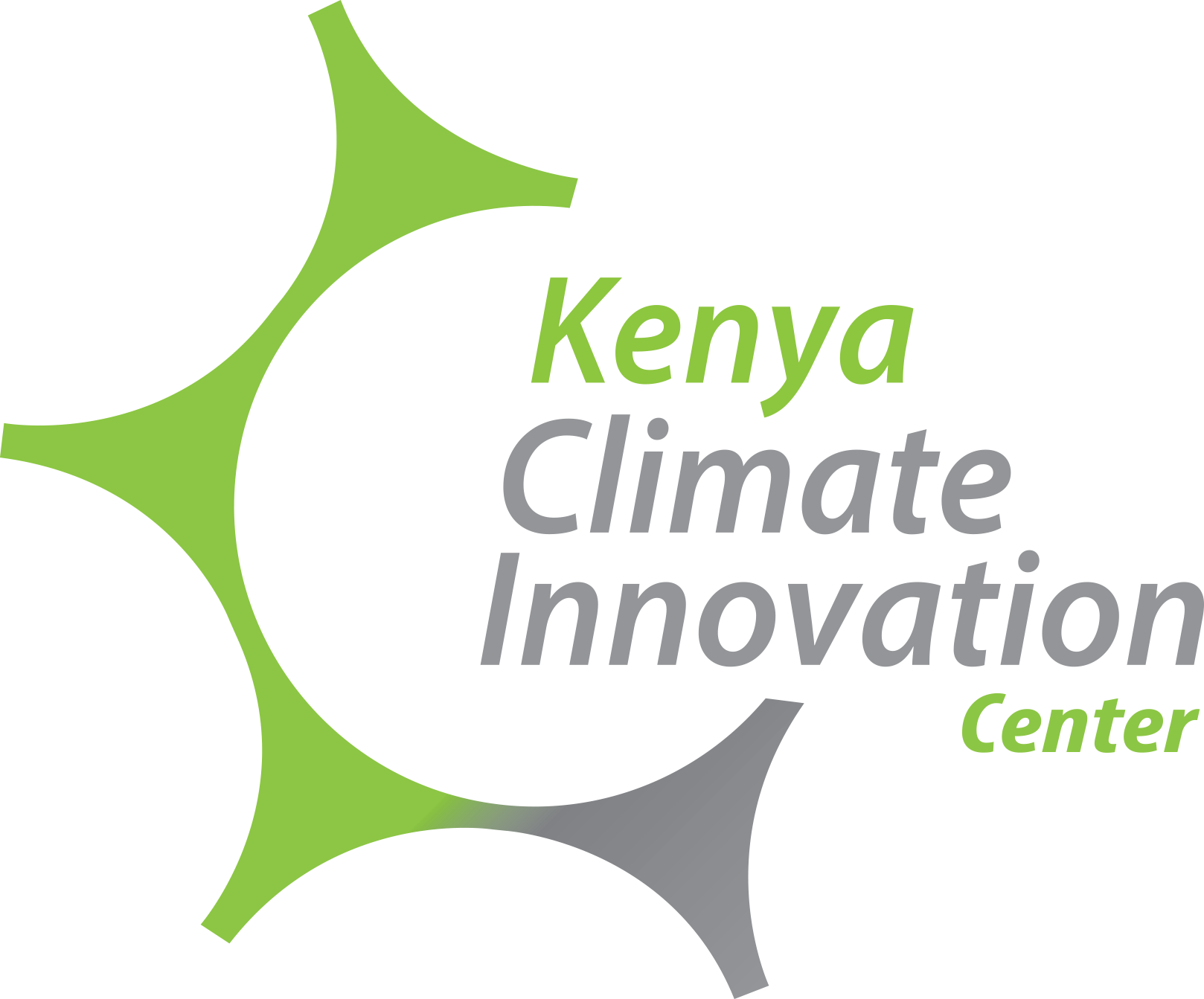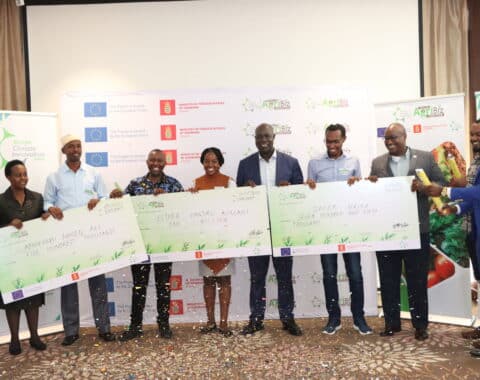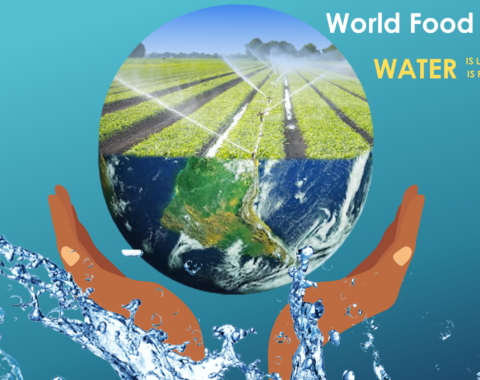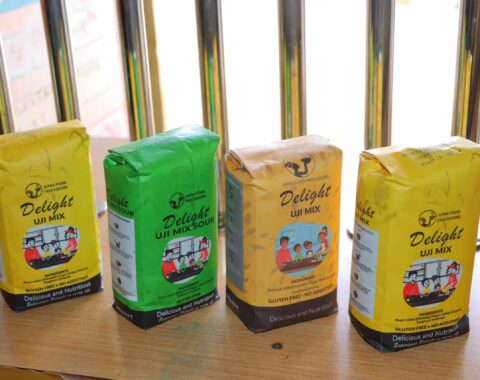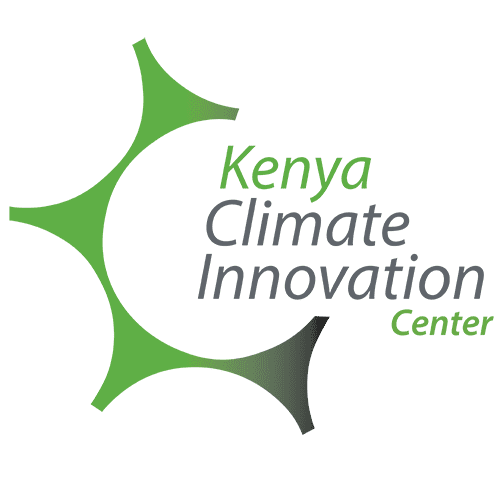The Sustainable Development Goals (SDGs) are a major component of the Agenda for Sustainable Development of 2030 which is an initiative that was adopted by member states of the United Nations in 2015.
According to the United Nations (UN), it is estimated that the world needs between $5 trillion and $7 trillion per year from the year 2015 to 2030 to achieve a set of SDGs. $3.3 trillion to $4.5 trillion of these estimates is set for developing countries for food security, basic infrastructure, climate change adaptation and mitigation, health, and education.
From the figures above, how do countries achieve the SDGs?
Currently, it is estimated that there is an investment gap of about $2.5 trillion in developing countries. In the past, different options of development financing have been used to finance efforts to achieve SDGs. These channels include Official Development Assistance (ODA) and domestic public resources. While these traditional forms of development financing will remain critical to the achievement of SDGs, particularly in the developing and vulnerable countries, blended and private capital will be very critical to the achievement of these goals.
There is a wide variety of innovative partnerships including responsible and sustainable investing, green bonds, blended finance instruments, and corporate venturing. Besides, governments in developing countries and beyond can form partnerships with various institutions that are working on climate change such as the Climate Bonds Initiative to create financial products such as green securities and bonds and to develop new market platforms such as fintech and crowdfunding.
These innovative partnerships are already being used around the globe. For instance, HSBC recently launched the first SDG Bond for $1 billion. This bond is expected to mature in 2023, interestingly the bond was three times oversubscribed. The finances from the bond will be used to support various projects that offer a wide range of economic, environmental, and social benefits as aligned to the various SDGs. In 2017, a total of $155.5 billion of green bonds were sold globally.
In Kenya, innovative partnerships have had a huge impact on efforts aimed at achieving Sustainable Development Goals. In 2019, the Government of Kenya signed a Communique with The Rockefeller Foundation, the United Nations, and the Center for Effective Global Action (CEGA). This partnership is set to promote the attainment of SDGs in the country and help tackle complex development targets. In the same year, the government also launched an SDG accelerator Lab that will leverage on a network of Accelerator Lab Network that was initiated by UNDP.
Through these innovative partnerships, organizations such as Kenya Climate Ventures (KCV) have made a huge impact on individuals in Kenya. KCV is an investment management company that seeks to accelerate access to climate-smart solutions by providing tailored and targeted financial, technical assistance and business development support to innovative early and growth stage businesses, Small and Medium-sized enterprises (SMEs) whose commercial growth and success will have a positive impact on target markets, communities and the environment in Kenya. KCV has invested USD 3.2 million to 18 climate smart enterprises in Kenya. Such investment approaches can more easily be aligned to the achievement of sustainable development goals since they already incorporate environmental and social considerations.
By Stephen Mumira Kihiko
Research Intern- KCIC

